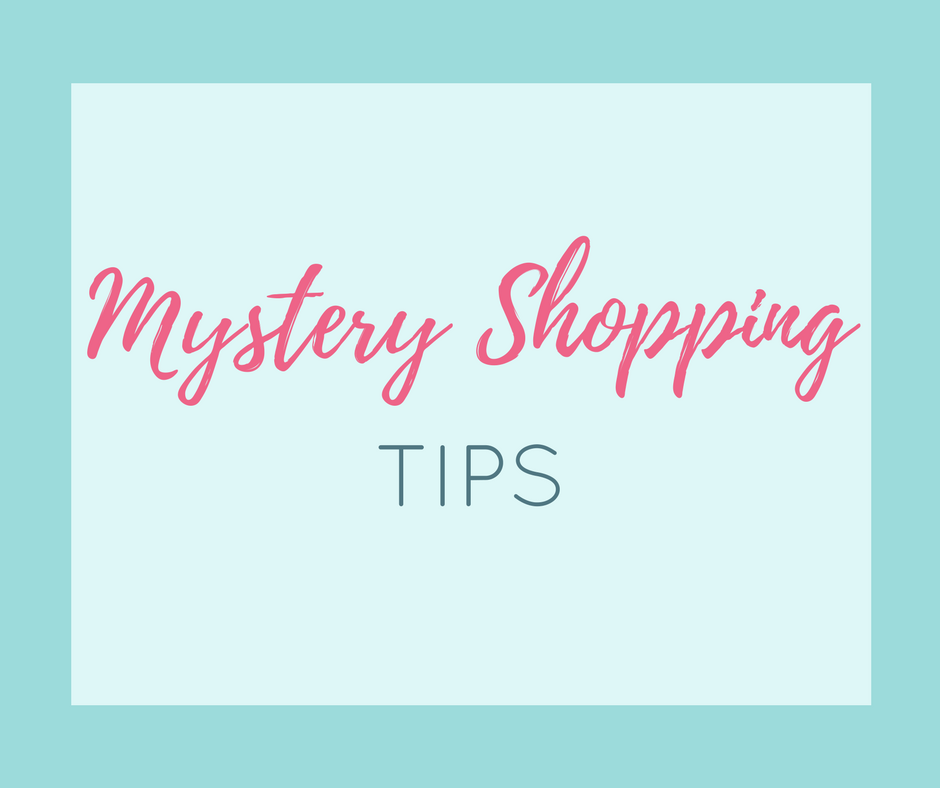Mystery Shopping Scores: Understanding Brand Execution
Businesses use mystery shopping as a valuable data collection method to evaluate and improve customer experience, product quality, operational...

Guest Post by Jeannie Walters, CCXP
Mystery shopping is a great way to measure the in-person customer experience. “Undercover” shoppers visit your brand’s locations to evaluate specific things like “were you welcomed upon arriving?” and “did the cashier thank you after your transaction?”.
These questions determine whether frontline employees are following your brand’s customer service and operational standards. Results are rolled up into overall scores for your brand, districts, and locations, so you know where to make improvements.
One of the reasons mystery shopping is so powerful, is that it evaluates the very thing more customers are seeking in this age of technology – humanized experiences.
In fact, 64% of U.S. consumers feel companies have lost touch with the human element of customer experience. Research also shows that customer service and the physical store environment are two of the biggest drivers of customer loyalty, but that digital touchpoints do not drive loyalty.
Brands using mystery shopping to measure and improve the in-person experience can gain an advantage over their competitors.
In this blog, I’ll share how to use your mystery shopping programs as “rocket fuel” for making customer experience improvements.
A technology retailer was receiving inconsistent social media reviews across their locations, so they sent in mystery shoppers to learn more. Their mystery shopping program measured whether store employees were following customer service standards designed to show customers empathy and understanding. For example, did employees use language like “I understand” when trying to help the customer resolve an issue.
One store had earned a reputation online for their staff’s knowledge, technical expertise and ability to resolve customer issues. However, the store was getting bad reviews overall. Mystery shopping results revealed that even though staff could fix the customer’s issue, they were not demonstrating empathy.
Mystery shoppers were asked to leave comments about their interactions with the staff in addition to answering questions. There was a pattern of staff using phrases like “you should have” and “you didn’t.” Shoppers indicated this made them feel “blamed” for the issue they had come to consult the expert about.
The mystery shopping scores and comments were used in combination with customer reviews to help educate staff members on better ways to communicate with customers. The store manager was able to use the reports to quickly train staff. This led to an almost immediate improvement in transactional Net Promoter Score (NPS) results and better reviews online.
Mystery shopping should be used to highlight what employees are doing right, not just to catch what’s going wrong. When your teams are recognized by mystery shoppers for a job well done, let them know exactly what they did well.
Mystery shopping is one of the few ways to gather specific feedback on processes you want to encourage. Instead of offering general “way to go” praise, give employees kudos for the specific things they did well in the moments that led to a great customer experience. This will encourage the employee to do more of what they’re doing well.
Today, there is a growing body of research suggesting people learn more about their behavior from positive feedback than negative feedback. Highlighting positive feedback allows your team to explore what activities and behaviors led to happier customers.
I regularly encourage customer experience leaders to “train to your superstars.” There are people in your organization doing the right thing for customers daily. Finding those people and then codifying that behavior into service standards is a powerful way to improve customer experience.
According to RingCentral Glip, 88% of employees say they’re committed to doing their best work. Show them what’s working, and they’ll keep doing it!
A fitness chain was using mystery shopping to evaluate their staff greeting, bathroom cleanliness and the overall appearance and condition of their locations.
Month after month, one of their locations was receiving lower mystery shopping scores than other locations. Finally, a customer-focused leader started looking into what was going on. He decided to visit the location himself, to figure out why staff weren’t adhering to operational and customer service standards.
He used the mystery shopping results to put together questions for interviews with the location’s staff and customers. During the interviews, he discovered there were obstacles making it difficult for staff to follow standards and provide good service.
For example, the staff explained how the cleaning products were locked away on a high shelf in the manager’s office. Every time the bathroom needed to be cleaned, employees had to gain access to the manager’s office and use a step-ladder to reach the supplies. Simply creating a more accessible location for the cleaning supplies led to a cleaner bathroom.
As they rolled out solutions to other issues, the staff perked up and were empowered to deliver better experiences. The early results showed customer survey scores and overall feedback remarks becoming more positive.
At its heart, mystery shopping is a way to look for what we can improve for our customers. But, without action, mystery shopping is just reporting.
When mystery shopping is used as an outlet towards real change, the possibilities are endless.
How can you drive change on behalf of your customers today?
 Jeannie Walters is the CEO of Experience Investigators by 360Connext
Jeannie Walters is the CEO of Experience Investigators by 360Connext
Jeannie has spent twenty years investigating the best and worst in customer experience. Her experiences and expertise have made her a valuable source of insights for CEOs seeking to improve revenues, and she’s received mention in Forbes, Fortune, and other media for her CX vision.
She’s a founding member of CXPA, a LinkedIn Learning Instructor, and a Certified Customer Experience Professional with a passion for improving everyday interactions.

Businesses use mystery shopping as a valuable data collection method to evaluate and improve customer experience, product quality, operational...

It's a common misconception that Mystery Shopping, Customer Feedback Surveys, and Reputation Management all deliver the same insights into the...

Mystery shopping is a great way to measure your customer experience and learn how well your locations are following brand standards. A lot of thought...